Now as long as price stays above their average price, they are happy!
But what if it comes down!
(2/n)

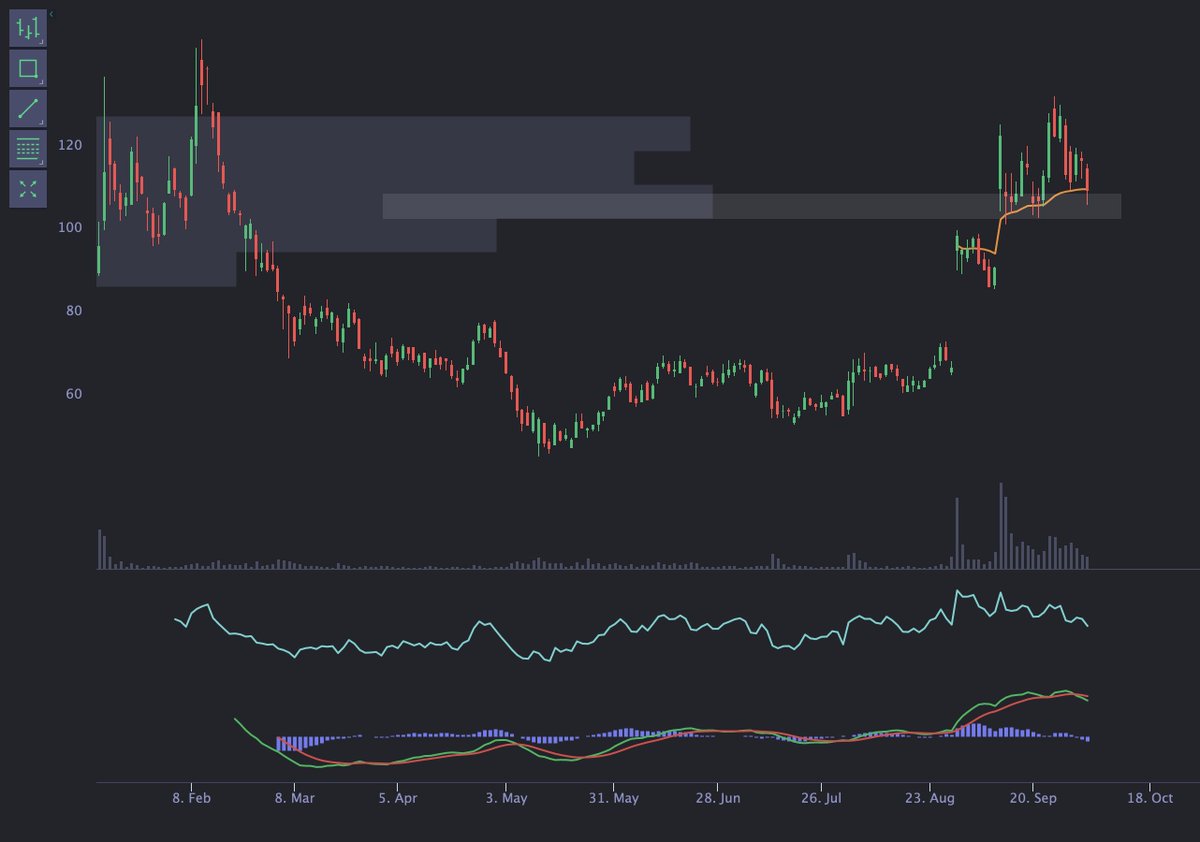



Thread on Finding Entries.
— James Lefaith aka Jimmy Momo (@JamesLefaith) June 15, 2021
Firstly you have to be able to identify and area of value for an add.
NEVER BLINDLY BUY\u203c\ufe0f
ALWAYS BUY AT A KEY LEVEL OF SUPPORT, CONFIRMATION & OR IN SOME INSTANCES EVEN AT A BREAK OF A RESISTANCE LEVEL
\u203c\ufe0fThis is how you do that
RISK MANAGEMENT THREAD
— James Lefaith aka Jimmy Momo (@JamesLefaith) June 17, 2021
Bookmark this; it\u2019s important.
This thread will help you exit (Mostly) EVERY TRADE GREEN but MOST IMPORTANTLY will help you mitigate risk.
HERE is some proof. pic.twitter.com/RNFJtOqJ9C
\U0001f90dThread on My Support & Resistance System\U0001f90d
— James Lefaith aka Jimmy Momo (@JamesLefaith) June 19, 2021
This Thread Will Help you guys identify favorable, highly profitable, quick and smart money decision areas to add for your entries.
This Thread was requested by my good friends @DevTrades21 and @jessasecond1. Give Them a Follow
EVERYONE Here\u2019s the moment we\u2019ve been waiting for, Here is the TOS study based on my candle system.
— James Lefaith aka Jimmy Momo (@JamesLefaith) September 12, 2021
Script created by @richard_the_red everyone give him a follow & thank him for putting in the time. We really hope you all enjoy it & put it to good use https://t.co/0hzRfQ3uGg
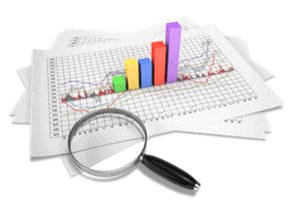
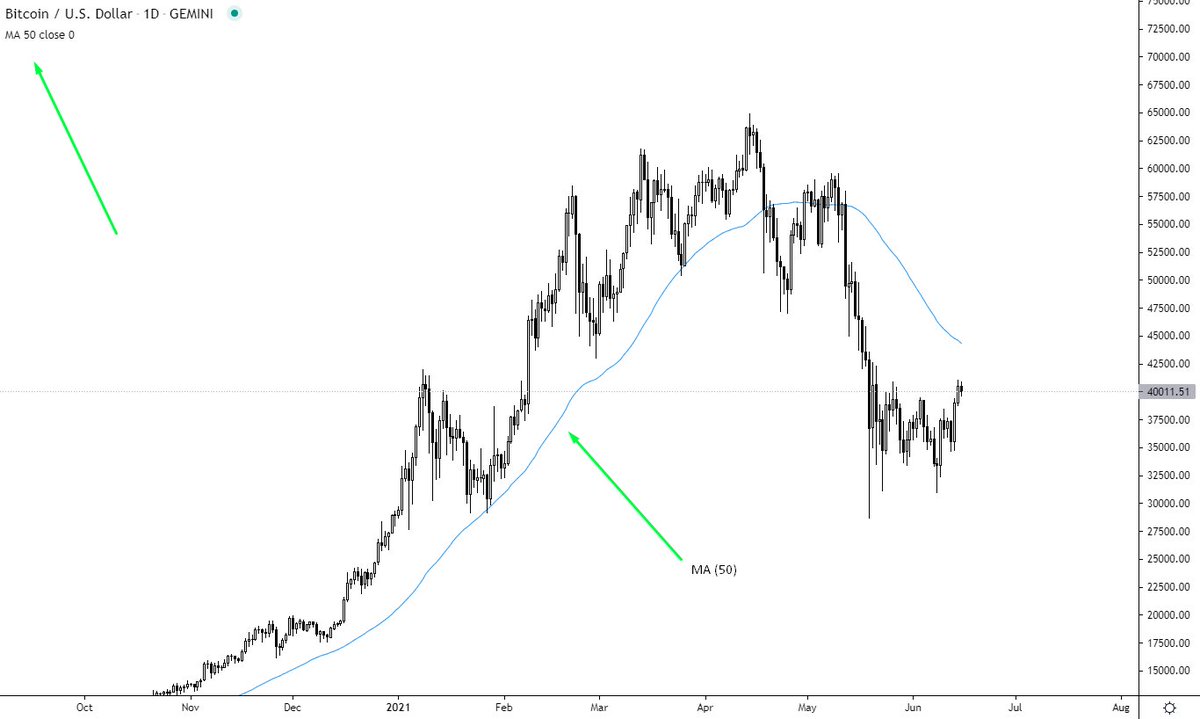
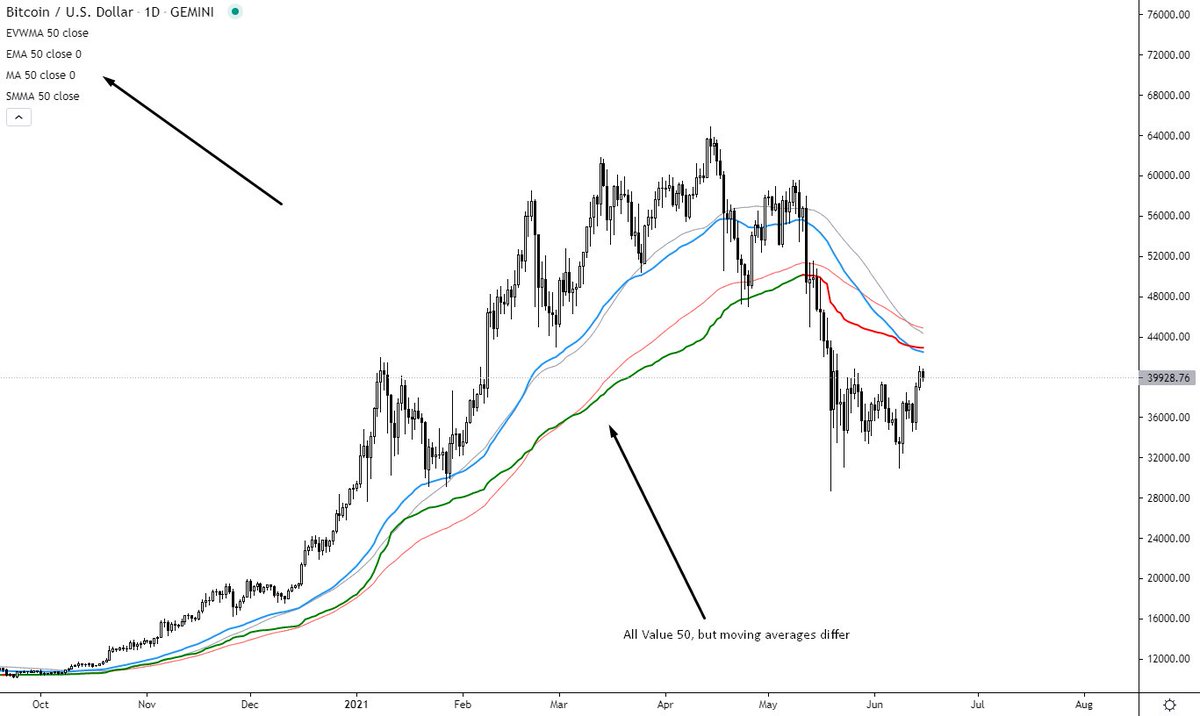
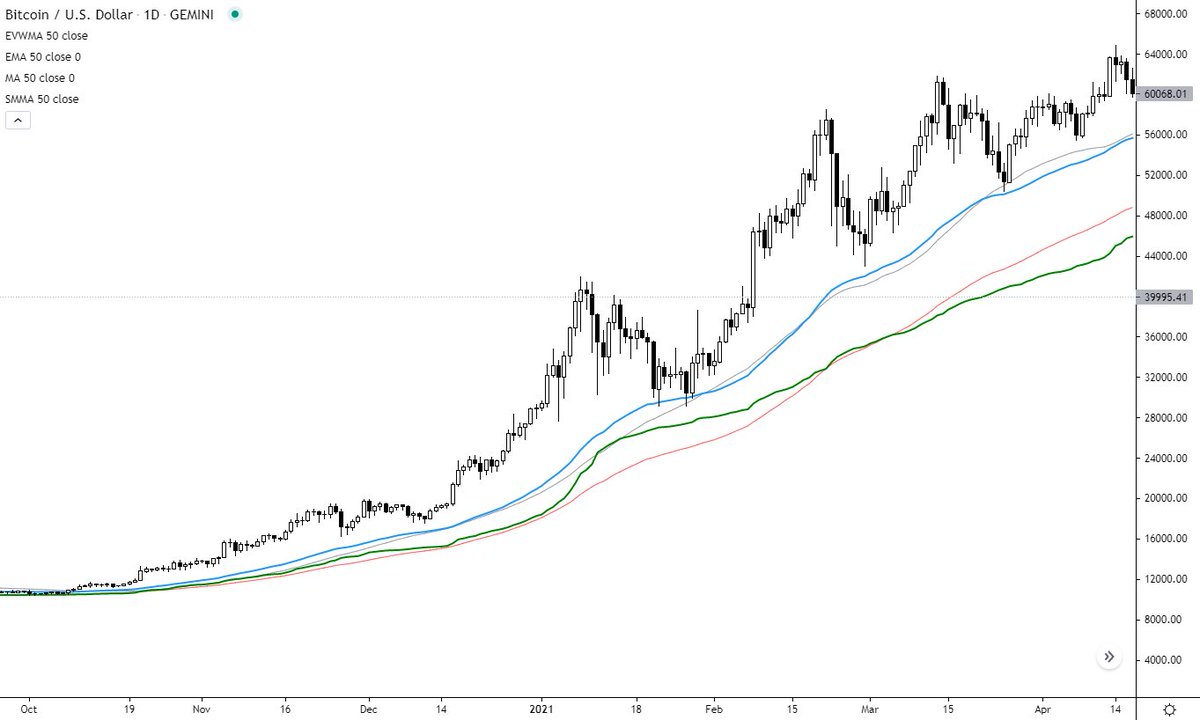
Market Structure (MS)
— J A C K I S (@jackis_trader) July 6, 2020
Understanding MS is the most important thing in TA
It rules above everything. TL's, MA's, Indicators. Everything.
While it's nothing more than looking at swings and seeing Higher Highs (HH), Highers Lows (HL), Lower Highs (LH), and Lower Lows (LL). pic.twitter.com/QbgOSHGkBr
